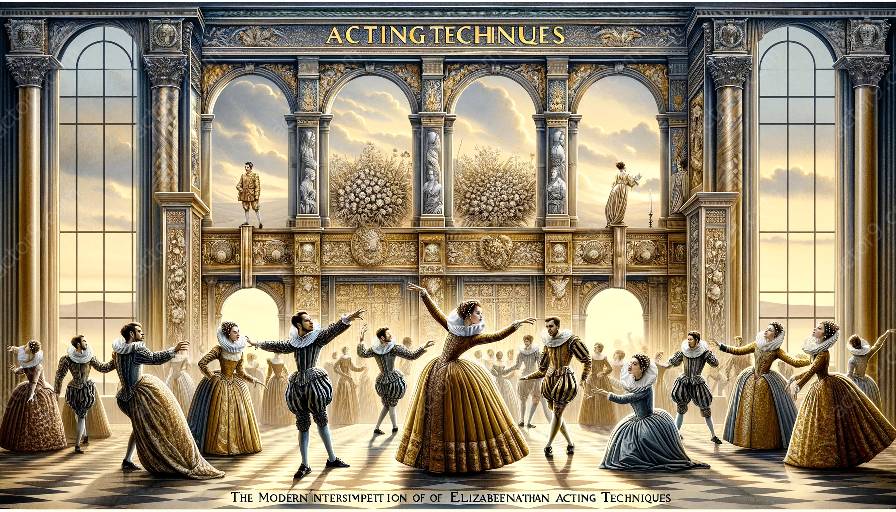During the Elizabethan era, women played crucial roles both on and off the stage in the theater. This essay delves into the multifaceted roles of women in Elizabethan theater, exploring their involvement in acting, production, and societal influences.
Women on Stage
On the stage, women were conspicuously absent from acting roles due to the prevalent societal norms. To circumvent this, young male actors typically played the female roles, contributing to the unique acting techniques of the time. This cross-dressing phenomenon added layers of complexity to performances and allowed for a nuanced exploration of gender and identity.
Women Off Stage
Off the stage, women played pivotal roles in the theater as patrons, financiers, and playwrights. Despite their exclusion from acting, they wielded influence behind the scenes, shaping the direction of productions and contributing to the rich tapestry of Elizabethan theater.
Elizabethan Acting Techniques
The acting techniques used in Elizabethan theater were dynamic and often rooted in physicality and vocal prowess. The heightened language and melodious cadence of speech added depth to performances, while the use of soliloquies and asides allowed for direct communication with the audience, enhancing the theatrical experience.
Interplay with Social Norms
The roles of women in Elizabethan theater were deeply intertwined with the sociocultural norms of the time. By examining their contributions both on and off the stage, we gain insights into the complex interplay between gender dynamics, artistic expression, and societal expectations.
In Conclusion
Despite the restrictions placed on women in acting, their impact on Elizabethan theater was profound. By closely examining their roles, we gain a deeper understanding of the era's theatrical landscape and the enduring influence of Elizabethan acting techniques.













































